The Smith & Wesson Sigma is a popular firearm designed in the early 1990s to compete with the Glock series pistols. The Sigma was first introduced to the market in 1994 and was priced slightly higher than the Glock 17. However, due to its striking resemblance to the Glock, Smith & Wesson faced legal action, resulting in a settlement where they paid an undisclosed sum to the Glock company for patent infringement. Nevertheless, Smith & Wesson retained the rights to continue the production of Sigma. Despite this, the Sigma never gained as much popularity as the Glock series pistols.
Design
The Sigma series includes a range of models, with the first production model, the Sigma 40F, being chambered for .40 S&W ammunition. This was one of the first pistols to use this type of ammunition. Later, the Sigma 9F was introduced, which is chambered in 9×19 mm Parabellum ammunition. The letter “F” in the designation denotes a full-size model. In addition to these models, Sigma pistols were chambered in .357 SIG and .380 ACP ammunition.
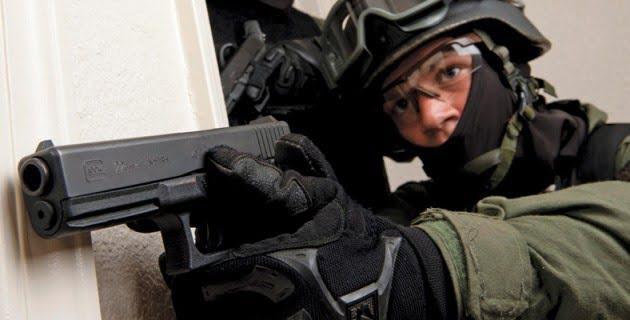
One of the notable features of the Sigma is that it was the first pistol produced by Smith & Wesson to use synthetic materials in gun construction. Its frame is made of polymer, while the barrel and slide are steel. The Sigma is a short-recoil-operated weapon with a modified Browning-style locking system. It has a single-action type trigger, referred to as “safe action” by the manufacturer. Unlike some firearms, Sigma does not have any manual safeties.
The 9 mm Sigma 9F is fed from a double-stack magazine with 17 rounds. The pistol has simple iron sights dovetailed into the slide, with a range of effective fire of around 25-50 meters.
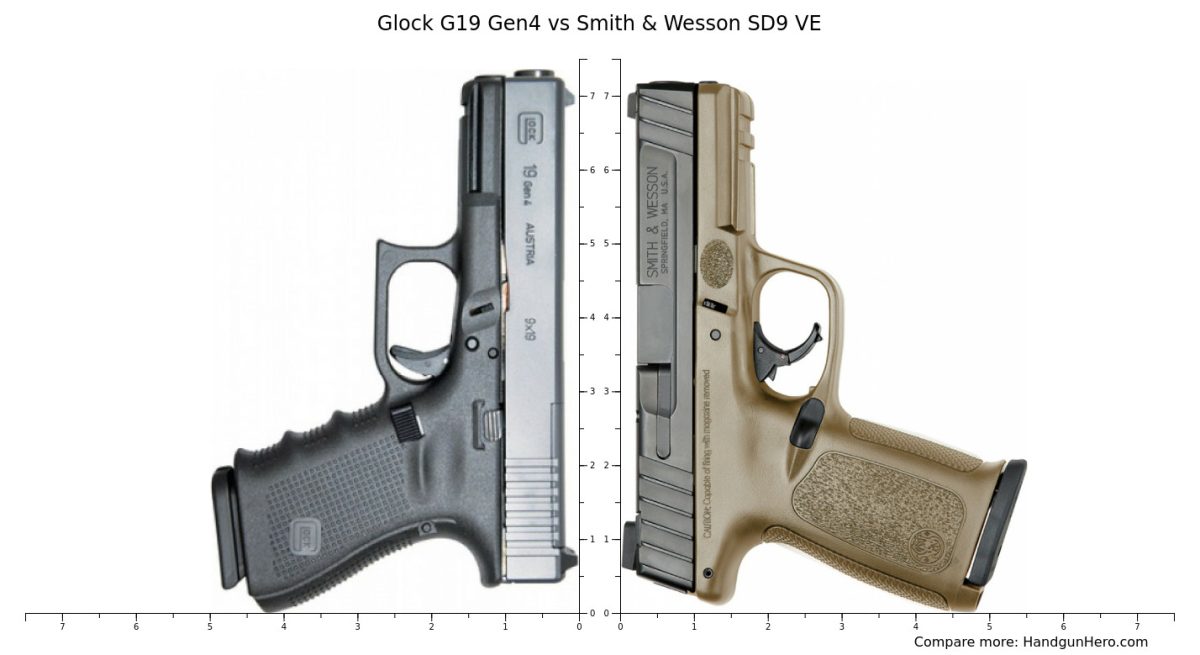
In 1999, the Sigma series was improved, with slight modifications to the barrel, slide, grip, and trigger. An accessory rail was added under the barrel, and pistols produced since 1999 are considered the “2nd generation”. However, model numbers were not changed to reflect the updates.
Variants
There are numerous versions of the Sigma, with the design being reworked in 2011. Smith & Wesson dropped the Sigma name and introduced a new pistol, “Self-Defense,” or SD series. It’s noteworthy that magazines are interchangeable between Sigma and SD series pistols.
In conclusion, the Smith & Wesson Sigma is a reliable and durable firearm that’s been around for over 25 years. Its design has evolved and is a popular choice for firearm enthusiasts.
Former users
- Afghanistan: Afghan National Army, Border patrol and police (22,000+ handguns)
- Australia: Western Australia Police
Technical specifications
| Country of origin: | United States |
| Manufacturer: | Smith & Wesson |
| Caliber: | 9 x 19 mm Parabellum |
| Weight (empty): | 690 g |
| Length: | 184 mm |
| Barrel length: | 114 mm |
| Muzzle velocity: | ~ 360 m/s |
| Magazine capacity: | 17 rounds |
| Sighting range: | ~ 25 m |
| Range of effective fire: | 25 – 50 m |
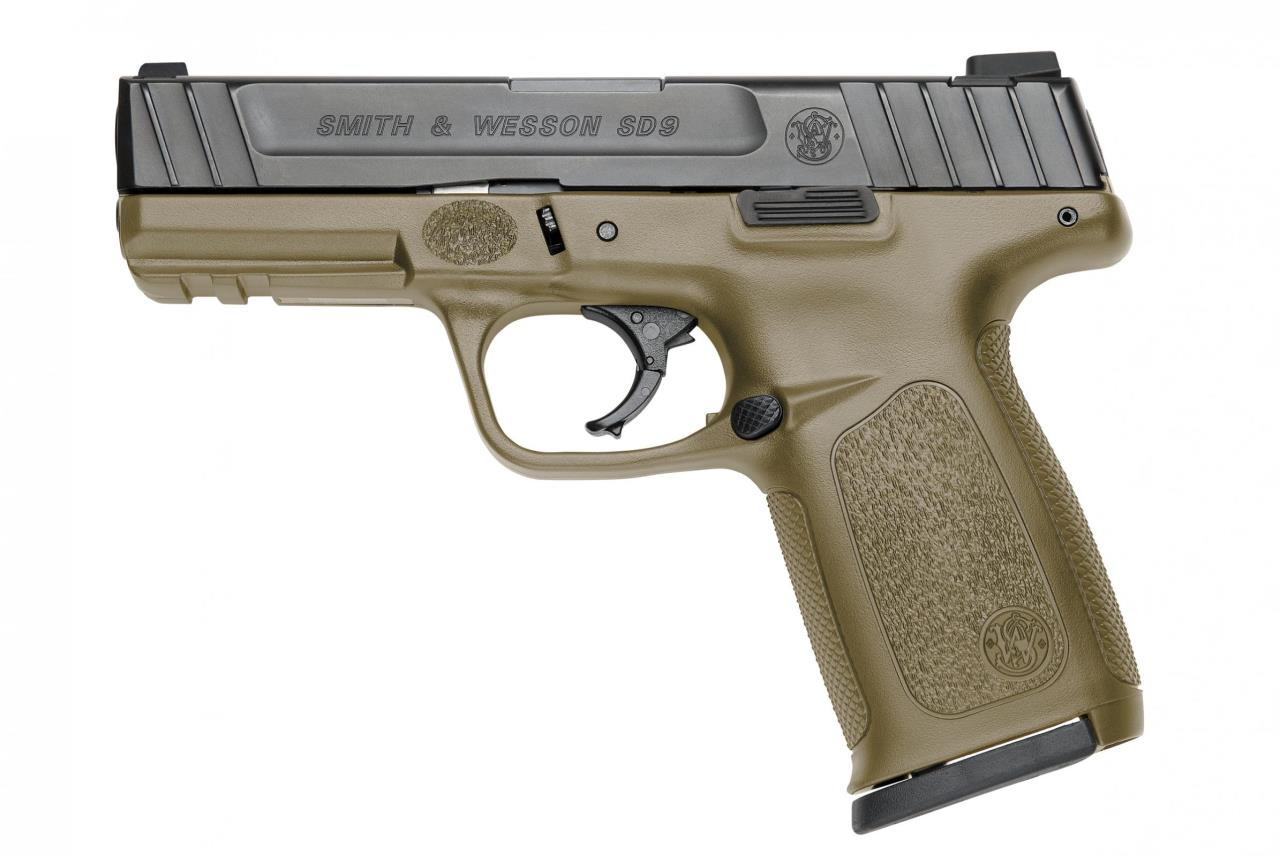
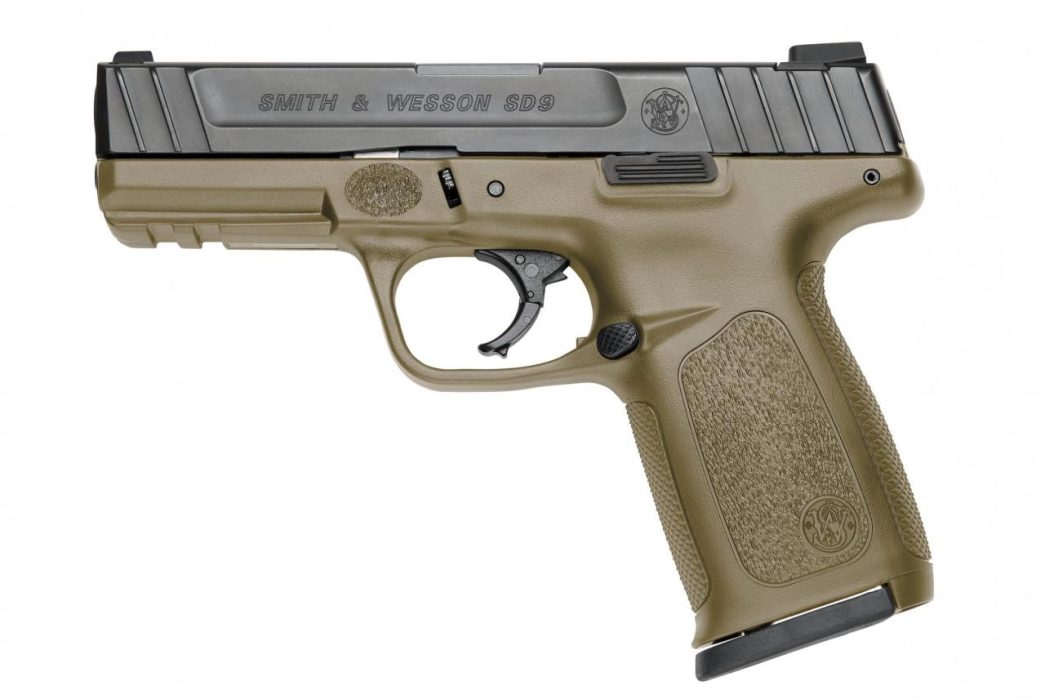

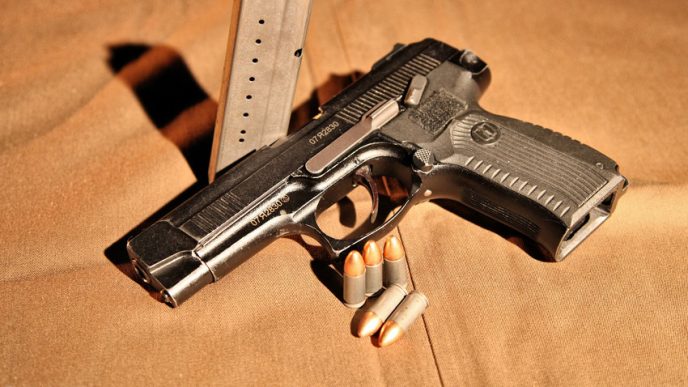
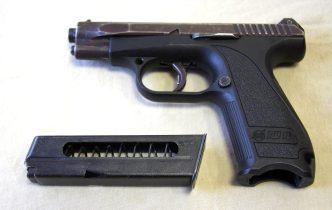
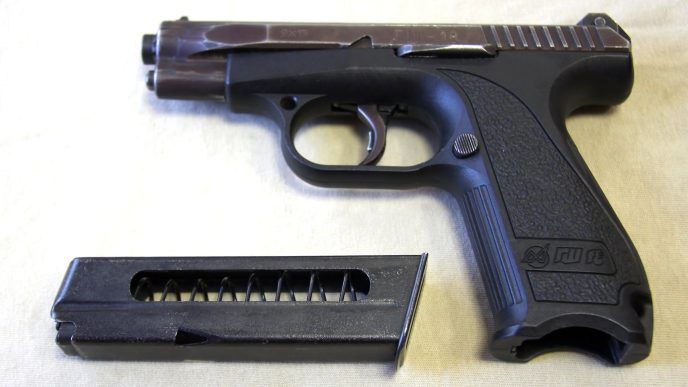
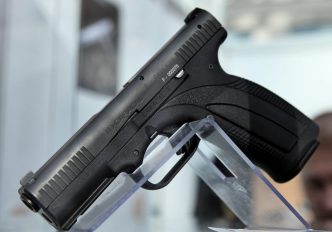
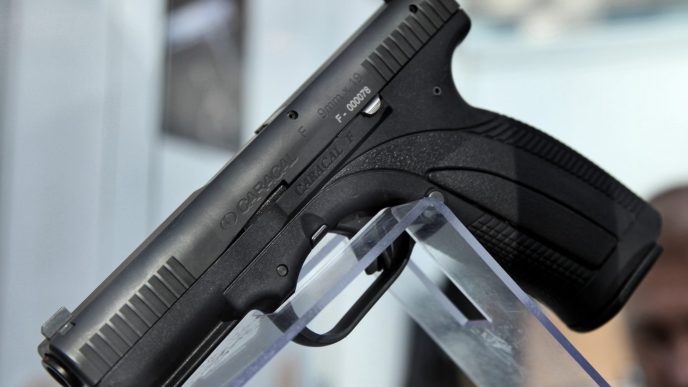
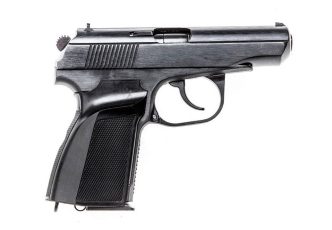
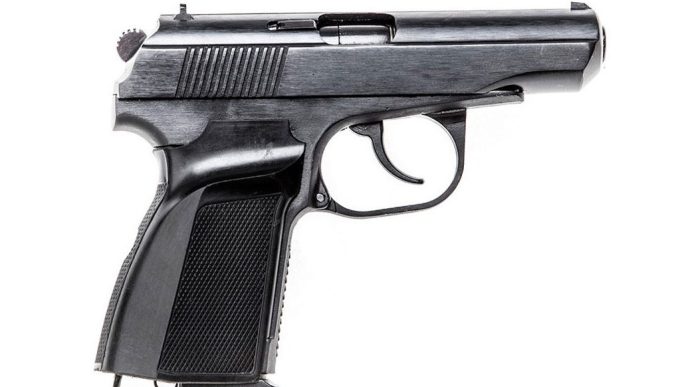
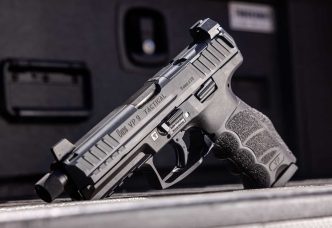
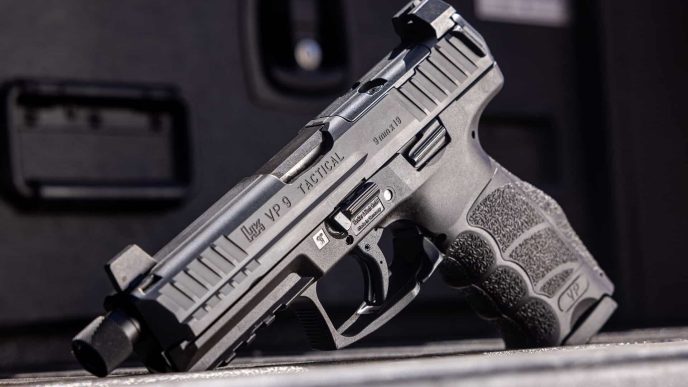
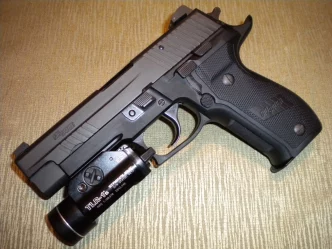
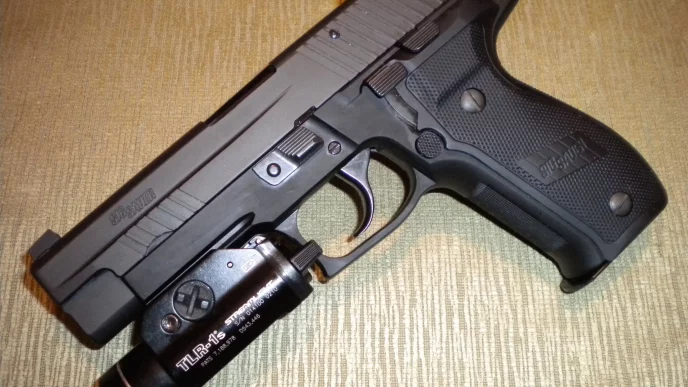
How much does the 357 go for$$$$